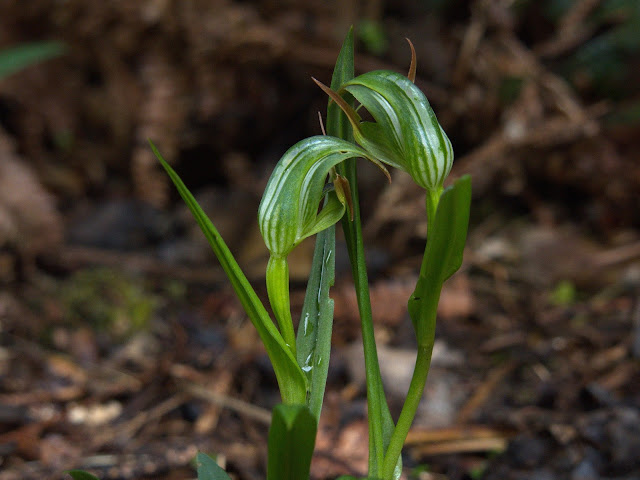 |
| Queenstown, NZ |
 |
| Queenstown, NZ |
We saw over 70 bird species in all so we were well pleased. An Australasian Crested Grebe near the Queenstown jetty was a final delight.
 |
| Queenstown, NZ |
 |
| Queenstown, NZ |
 |
| Clay cliffs |
 |
| Lindis Pass |
 |
| Tussock-covered hills at the pass. |
 |
| Success. We followed these two bike riders up the pass. |
 |
| Green beetles covering a shrub. |
 |
| Growing at the top of the pass. Could be a weed. NZ has lots of weeds. |
 |
| Lindis Valley |
 |
| Sigrid investigating road kill, Lindis Valley. We kept hoping to see a falcon feeding on kill on the road. It was a stoat or a weasel - both are introduced pests in NZ. |
 |
| Tarras |
 |
| View from the waterfront at Wanaka. |
 |
| Storm damage at Wanaka waterfront. |
 |
| Australasian Crested Grebes, Wanaka. There is a breeding group at the Wanaka Marina (with their own Facebook page!). |
 |
| Storm damage at Wanaka. |
 |
| Tasman River, Glentanner |
 |
| Sigrid at the hot spot for Black Stilts, the braided gravelled wetlands of the Tasman River at the head of Lake Pukaki. |
 |
| An adult Black Stilt. They seem to like standing on one leg. |
 |
| A Black-fronted Tern. Another new bird for our list. |
 |
| Mount Cook Visitor Centre |
 |
| Silver Beech and ferns, Mount Cook village. |
 |
| Lake Pukaki |
 |
| Kurow Island |
 |
| Lake Waitaki |
 |
| Lake Aviemore |
 |
| Waitaki River |
 |
| Lake Aviemore |
 |
| Sea Lion |
 |
| Australasian Gannet |
 |
| Gannets loafing on the water. |
 |
| Moeraki Boulders |
 |
| Tourists posing. |
 |
| Orokonui Ecosanctuary |
 |
| The cafe and information centre made from shipping containers. |
 |
| Walking track lined with many species of ferns. |
 |
| Bellbird |
 |
| Tui |
 |
| Fuschia Tree, the world's largest fuschia. |
 |
| Tuatara |
 |
| Otaga Skink |
 |
| Bird Orchid Simpliglottis cornuta |
 |
| White finger orchid |
 |
| White finger orchid |
 |
| Greenhoods |
 |
| Greenhoods |